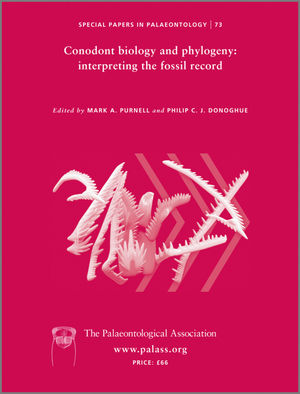Reg. Charity No. 1168330

Understanding the microevolutionary processes underlying patterns of morphological and systematic relationships in the fossil record often requires information derived from stratigraphically ordered samples of fossils. This stratophenetic inference has formed the historical basis of the study of microevolutionary processes. The use of stratigraphic succession as a means to order sequences of events, and in the process identify samples comprising individuals ancestral to individuals in later samples, however, is an implict and generally untested assumption of stratophenetic methods. The failure to evaluate the relative and independent contributions of stratigraphy, morphology and palaeoenvironments ⁄ palaeoecology to hypotheses of microevolutionary genealogy, and in fact the hypothesizing of genealogies themselves, is often viewed as problematic to the traditional evolutionary and stratophenetic approaches to phylogeny reconstruction. This paper argues that the use of various types of information is in fact a strength and necessity of genealogical reconstruction. The independence of these data must be recognized, however, thereby allowing probabilistic evaluation of stratigraphic and morphological data, and the relative ranking of multiple genealogical hypotheses. A simple likelihood ratio-based approach to microevolutionary resolution is used to illustrate the complexity underlying stratophenetic assumptions. An example is presented using the Early Devonian ozarkodinidid conodont Wurmiella wurmi. Use of stratigraphic data only results in the unbranching and uninterrupted genealogical chain expected of stratophenetic studies of a single species. Morphometric data, by contrast, produce a more complicated, branching pattern of relationships among samples. The two hypotheses may be combined to produce a single stratogenealogy, which although conforming largely to stratigraphic order, does incorporate some of the complexities resulting from morphological comparisons. The conclusion is that stratophenetic patterns do not necessarily reflect the most supportable hypotheses of genealogical descent; those hypotheses must be formulated independently of stratigraphic order, and may be evaluated in the contexts of stratigraphic, morphological and palaeoenvironmental data.